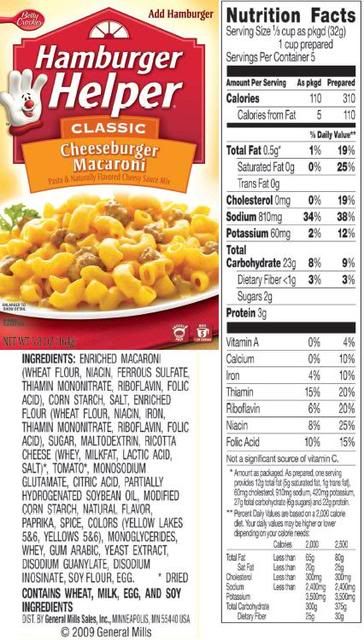-->
How To Cut
Unnecessary Spending From Your Grocery Budget
I feed (and clean) my family of four with $350 a month. This includes food, cleaning products, toilet paper, deodorant, razors, soap, etc. It doesn't include makeup (don't wear it), alcohol (don't buy often), or diapers/wipes. My youngest is only 3 months old so she is on breast milk, and my toddler gets some breast milk and some cow's milk. I buy organic apples, but pretty much conventional everything else. Soaps for the kids are chemical-free and run on average $9 a bottle (about 3 months).
Depending
on your circumstances it's definitely a good idea to evaluate what
you could make yourself (certain things are time-consuming to make,
but if you're home anyway it may be worth it to you). Most things
aren't incredibly difficult to make, they just take time and
generally the recipes require tweaking.
Something
else I have learned is that if you have convenience foods around,
you will eat them! It's just too easy to make freezer food
when you're tired or busy with something else. The easiest way to still have your convenience foods and save money is to make your own convenience foods! Pizza, for example, I make the sauce in bulk, and freeze it in 1 cup portions. I make the dough the day we want pizza, but the recipe is doubled so while I'm making dinner, I make up some pizzas and freeze them or make a bunch of garlic knots/breadsticks for lunches later on. Way cheaper than buying frozen pizzas, and tastes so much better.
So
here's a list of tips to trim your grocery/household expenses:
-Gradually
decide what you can live without. Everyone buys things they don't
really need. Pick a few unhealthy things each month to remove from your
shopping list. Example: freezer meals or Cheetos. Not only
are they preservative and calorie-dense, but they lack in nutrients too.
-If
you don't pay attention to how much you spend at the grocery, simply
looking over your receipts later and adding them up will show you how
much you're wasting on impulse buys. Stores rely on impulse buys to
make their money, and it takes a very strong willed person to escape
those tactics.
-Limit
your purchases of expensive or unnecessary items to a couple times a
month, especially if they're unhealthy. Bacon is a good example, we
all love it but it's usually more than $3 a package, and you don't
even get a pound. There are much better cuts of meat for that price.
-Buy
generic! There are very few instances where the brand name is better
than the store brand. If you prefer to pay for the advertising on the
exact same product go right ahead, but it's a waste of your money.
-Plan
your purchases. Make a list, and when you go in the store stick to
it! If you have to impulse buy, set a limit. It also helps a lot to
buy things in bulk when they're on sale. Milk is a good example, on
sale it's about $1.50/gallon, but regular price it's at least $3. It
goes on sale every other week. Staple foods commonly work this way, and by planning it right you can save more than 50% on the foods you buy regularly.
-In
accordance with planning shopping trips, going to different stores
and buying their sale items is usually a cost savings as well. Usually each store will have a few really good deals each week. The
trick is only buying the sale items and not the regular priced ones
too. If you can put off buying an item until it is on sale, do it.
-I
cannot stress how overpriced processed food is enough. You are just
paying for convenience and preservatives. If you can make it yourself
or do without it, you're saving your health and your money.
-Coupons!
There are many aspects to this, but simply cutting coupons on things
you buy already is a great way
to cut costs. I save on average $30 a month using clipped and printed
coupons. Your stores may send you personalized ones as well, and most have online coupons now that load directly to your card.
-Don't
go when you're hungry and if you can, go by yourself. Other people
with you just mean more impulse buys and distractions.
I hope to write a post about all the different things you can premake soon. Some are worth the time and effort, others not so much.
 Pizza Dough
Pizza Dough









